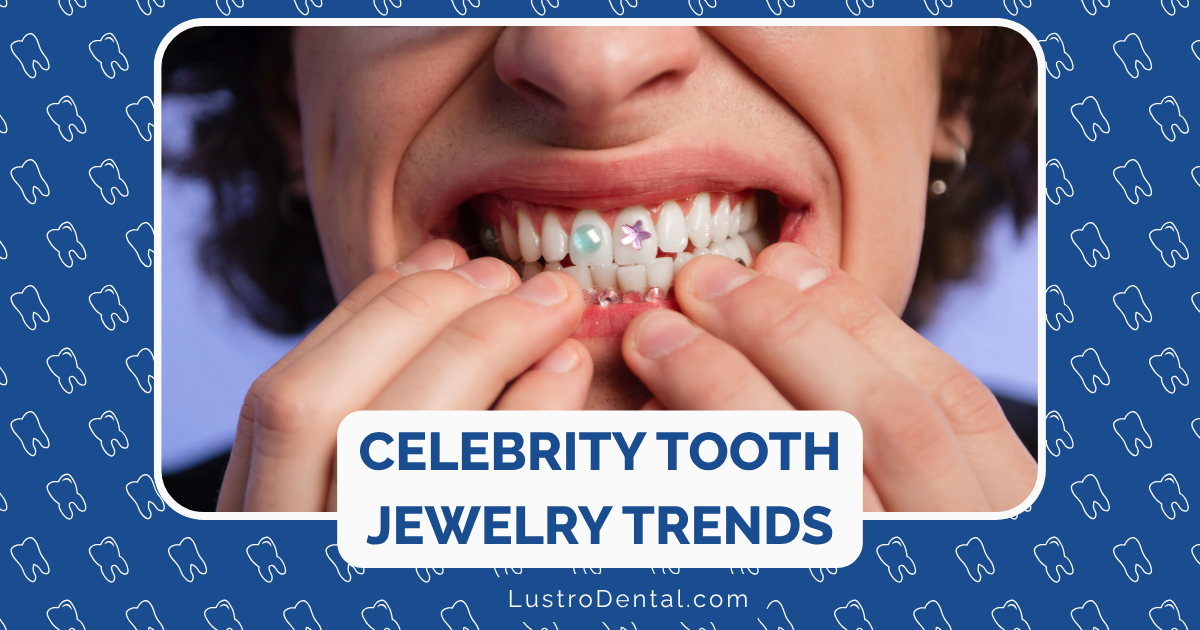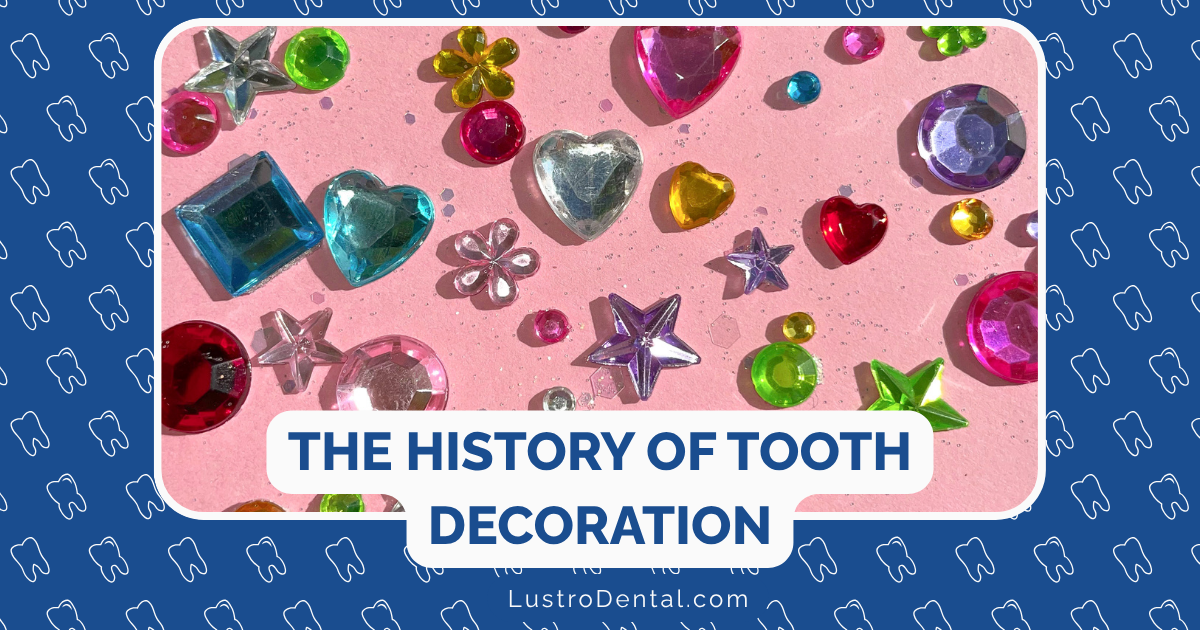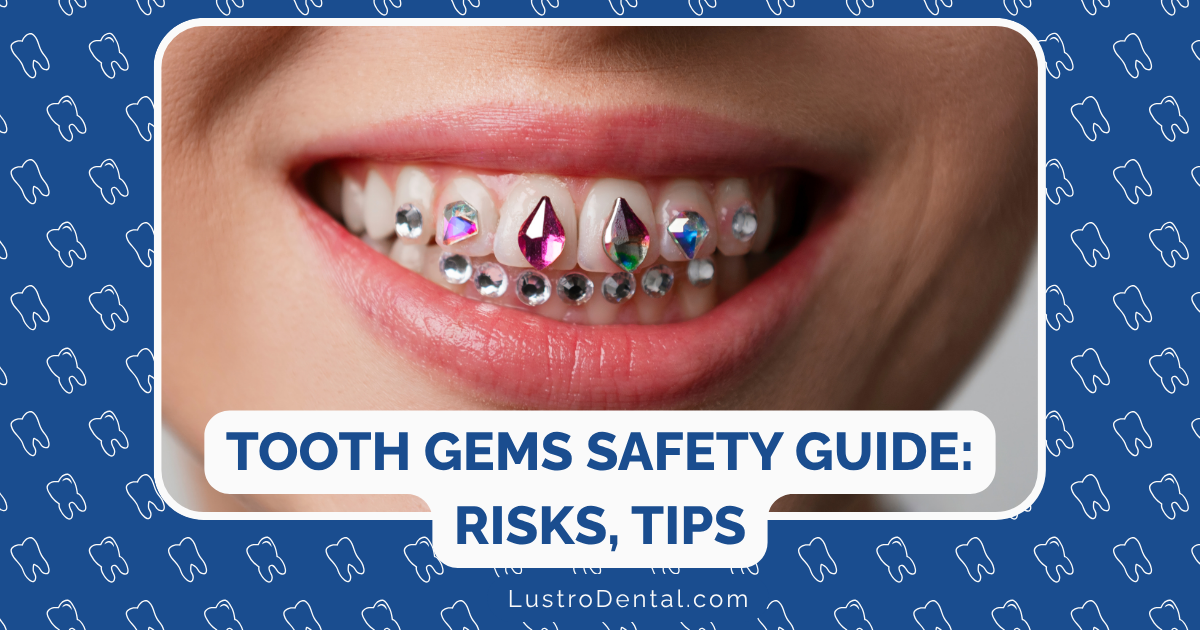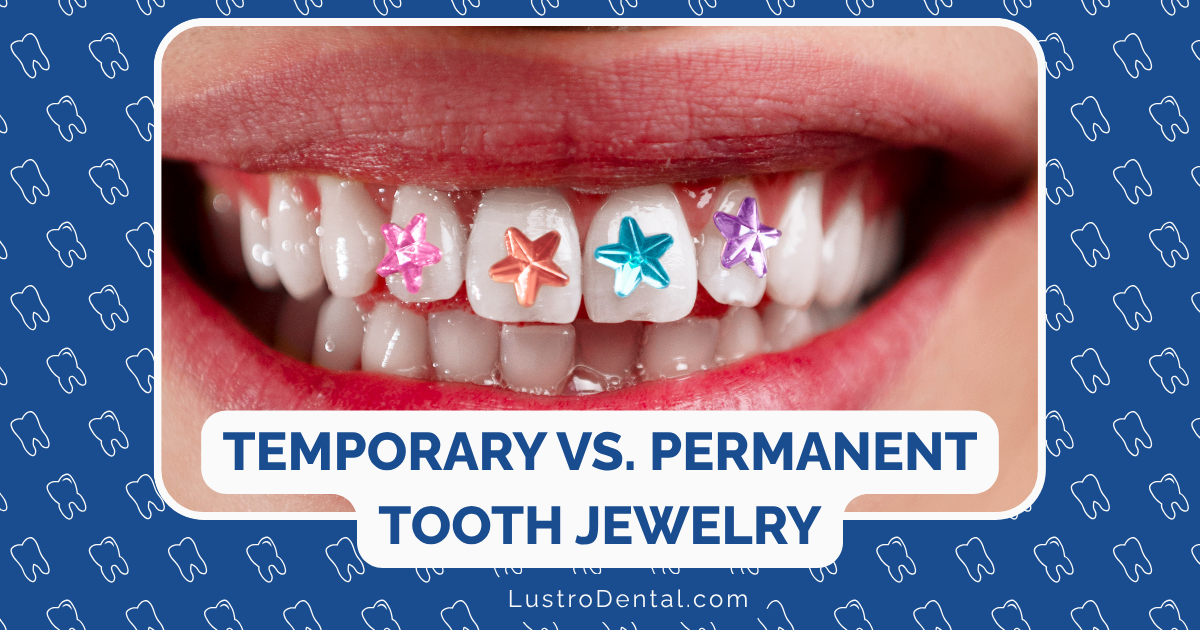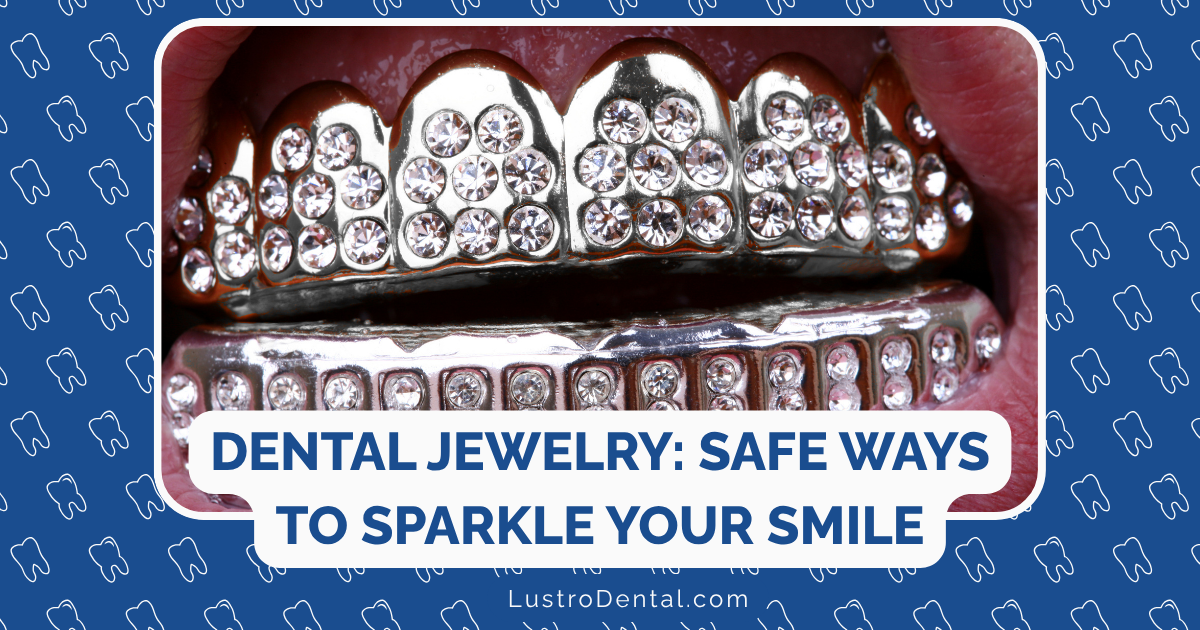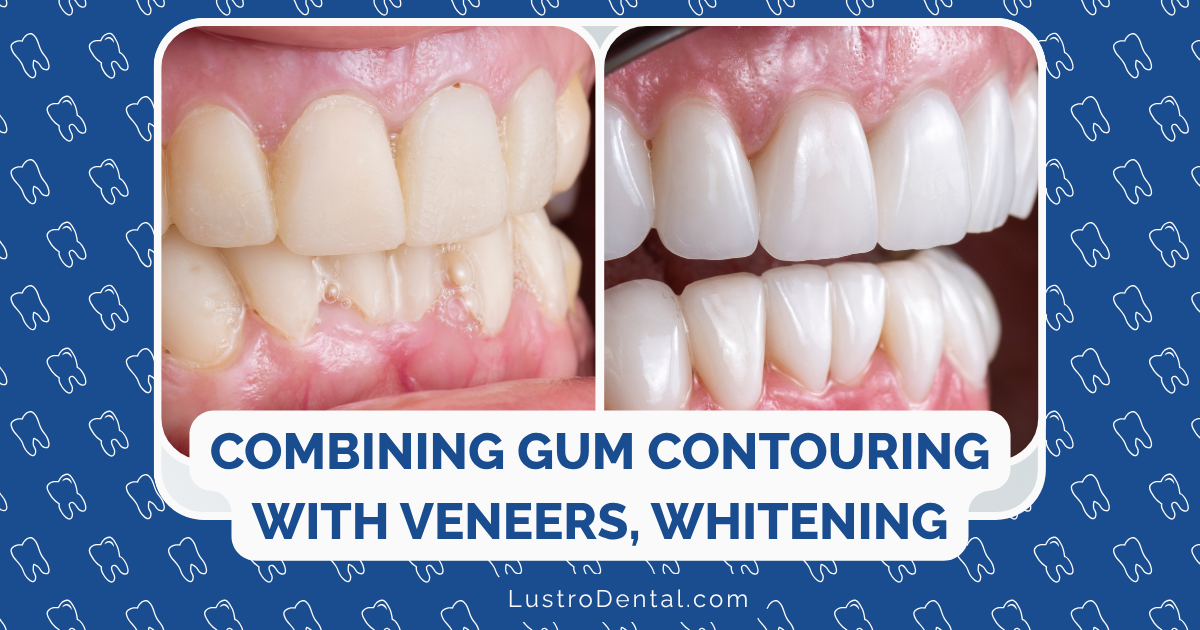Digital Smile Design: How Virtual Reality Is Revolutionizing Cosmetic Planning

Remember when planning a smile makeover meant looking at static images in a catalog or trusting your dentist’s vision with blind faith? Those days are rapidly fading into dental history. Today, we’re witnessing a remarkable transformation in cosmetic dentistry—one where you can actually “try on” your new smile before committing to treatment.
Digital Smile Design (DSD) combined with virtual reality (VR) is changing not just outcomes, but the entire patient experience in cosmetic dentistry. As someone who’s witnessed countless patients transform not just their smiles but their confidence, I’m particularly excited about how these technologies are making treatments more predictable, personalized, and emotionally rewarding.
What Exactly Is Digital Smile Design?
Digital Smile Design is a comprehensive treatment planning protocol that combines digital technology, artistic principles, and clinical expertise to create customized smile transformations. Unlike traditional approaches that relied heavily on a dentist’s subjective judgment, DSD uses precise measurements, facial analysis, and 3D imaging to create scientifically-backed, aesthetically pleasing results.
The process begins with high-resolution photos and videos of your face and teeth in various expressions. These images are then analyzed using specialized software that maps your facial proportions, lip dynamics, and existing dental structures. This data becomes the foundation for designing a smile that harmonizes perfectly with your unique facial features.
As research published in Applied Sciences has shown, this digital approach significantly improves communication between patients and dentists through interactive 3D models, leading to higher satisfaction rates and more predictable outcomes.
Where Virtual Reality Enters the Picture
While digital smile design has been evolving for over a decade, the integration of virtual reality represents a quantum leap in the patient experience. VR takes the digital design from your dentist’s computer screen and places it directly on your face—in a virtual environment you can explore from different angles.
Here’s how the VR-enhanced process typically works:
- Comprehensive data collection: Digital scans, photographs, and videos capture your current oral situation and facial dynamics.
- Digital design creation: Your dentist uses specialized software to design your ideal smile based on aesthetic principles and your facial features.
- Virtual try-on: Using VR headsets, you can “wear” your proposed new smile, viewing it from different angles and with various expressions.
- Collaborative refinement: Based on your feedback, the design can be adjusted in real-time until it perfectly matches your vision.
- Digital to physical transfer: Once approved, the final design is transferred to physical models through 3D printing for testing before permanent restorations are created.
According to a systematic review published in 2023, patients who experienced 3D treatment simulations reported significantly higher satisfaction rates compared to those who received traditional consultations. The review also found that patients treated with DSD reported lower pain levels during and after procedures—likely due to better preparation and reduced anxiety.
The Psychological Impact: Beyond Physical Transformation
The psychological benefits of this technology cannot be overstated. For many patients, dental anxiety stems from uncertainty about results. Will these veneers look natural? Will this smile suit my face? Traditional methods offered limited previews, leaving much to the imagination.
VR-enhanced smile design eliminates this uncertainty. By experiencing your new smile virtually before treatment begins, you develop confidence in the outcome and trust in the process. This psychological preparation is transformative for many patients.
Sarah, a 42-year-old patient who recently completed a full smile makeover using DSD and VR technology, described her experience: “Seeing my new smile on my face before we even started treatment was incredible. It wasn’t just about knowing what my teeth would look like—it was about seeing how they would change my whole appearance, my expressions, even the way I smiled. That preview made me completely comfortable moving forward.”
Real-World Applications: Case Studies in Transformation
Case Study 1: The Hesitant Professional
Michael, a 38-year-old executive, had been considering cosmetic dentistry for years but feared unpredictable results. During his consultation, he experienced a VR preview of his proposed smile makeover involving eight veneers and minor gum recontouring.
The ability to “test drive” his new smile convinced him to proceed with treatment. Six months after completion, Michael reported that the final result matched his virtual preview with remarkable accuracy, and he experienced none of the “adjustment regret” he had feared.
Case Study 2: Complex Reconstruction
Lisa, 45, required comprehensive treatment including implants, crowns, and veneers following years of dental neglect. The complexity of her case made visualization particularly challenging.
Using DSD with VR integration, her dental team created a complete virtual reconstruction that showed not just the aesthetic outcome but also demonstrated how her bite function would improve. This comprehensive preview helped Lisa understand the value of her investment and commit to the multi-phase treatment plan.
According to her dentist, the digital planning reduced treatment time by approximately 30% compared to traditional methods, as potential issues were identified and resolved virtually before physical treatment began.
Technical Advancements Driving the Revolution
Several key technological developments have made this revolution possible:
1. Intraoral Scanners
These handheld devices have replaced messy impression materials, creating highly accurate digital models of teeth and gums in minutes. Modern scanners can even capture color information for more realistic simulations.
2. Facial Scanning Technology
Advanced cameras and scanning systems capture facial movements and expressions, allowing software to analyze how your smile interacts with facial dynamics—crucial for natural-looking results.
3. AI-Enhanced Design Software
Artificial intelligence now assists in analyzing facial proportions and suggesting optimal tooth arrangements based on thousands of successful cases, though the dentist maintains artistic control over the final design.
4. Immersive VR Headsets
The dramatic improvement in VR headset quality and comfort has made extended virtual try-on sessions practical in clinical settings.
5. 3D Printing
The ability to quickly produce physical models from digital designs allows for testing mock-ups in the mouth before creating permanent restorations.
The Future: Where We’re Headed by 2025
According to predictions from the International Dental Show 2025, we can expect several exciting developments in the near future:
Smartphone-Powered Workflows
Comprehensive clinical apps will allow preliminary data capture and treatment visualization using just a smartphone, making the technology more accessible to practices of all sizes.
Enhanced Patient Engagement
High-resolution imagery, live video consultations, and augmented reality overlays will further improve the patient experience and understanding of treatment options.
AI-Powered Diagnostics
Artificial intelligence will enhance treatment planning by automatically identifying optimal tooth proportions, suggesting the most conservative approaches, and predicting long-term outcomes.
Chairside Production
Faster 3D printing and milling technologies will enable same-day creation of temporary restorations that precisely match the virtual design, further streamlining the treatment process.
Is Digital Smile Design Right for Everyone?
While the technology offers tremendous benefits, it’s particularly valuable for:
- Patients with complex aesthetic concerns who need to visualize significant changes before committing to treatment
- Individuals with dental anxiety who gain comfort from seeing the end result before starting the process
- Cases involving multiple specialists (orthodontist, periodontist, restorative dentist) where clear communication about the final goal is essential
- Patients making significant investments in their smile who want assurance about the outcome
The technology is less critical for simple procedures like single tooth replacements or basic whitening, though even these can benefit from enhanced visualization.
Finding a Digital Smile Design Provider
If you’re interested in experiencing this technology firsthand, look for dentists who have completed specialized training in Digital Smile Design. The official DSD website maintains a directory of certified providers who have mastered both the technical and artistic aspects of the protocol.
When consulting with potential providers, ask:
- What specific digital technologies do they use in their smile design process?
- Can they show before/after examples of cases similar to yours?
- Will you be able to “test drive” your new smile with temporary restorations before permanent ones are created?
- How do they incorporate your feedback into the design process?
The Human Element Remains Essential
Despite all this impressive technology, the most successful smile transformations still depend on the human element. The dentist’s artistic vision, technical skill, and ability to understand your personal preferences remain crucial.
The best practitioners use digital tools to enhance communication and precision—not to replace the personal connection that makes dentistry both an art and a science. Technology serves as a bridge between your vision and their expertise, creating a collaborative process that simply wasn’t possible before.
Conclusion: A New Era in Cosmetic Dentistry
Digital Smile Design with virtual reality integration represents one of the most significant advances in cosmetic dentistry of the past decade. By removing uncertainty from the equation, it transforms not just the technical aspects of treatment but the entire emotional journey.
Patients now approach smile makeovers with confidence rather than anxiety, dentists work with greater precision and predictability, and the final results more consistently match expectations. It’s a win for everyone involved.
If you’ve been considering cosmetic dental treatment but hesitating due to uncertainty about the results, this technology might provide exactly the reassurance you need to move forward. After all, seeing is believing—and now you can see your new smile before a single tooth is touched.
Have you experienced Digital Smile Design or virtual try-ons for dental treatment? Share your experience in the comments below!


